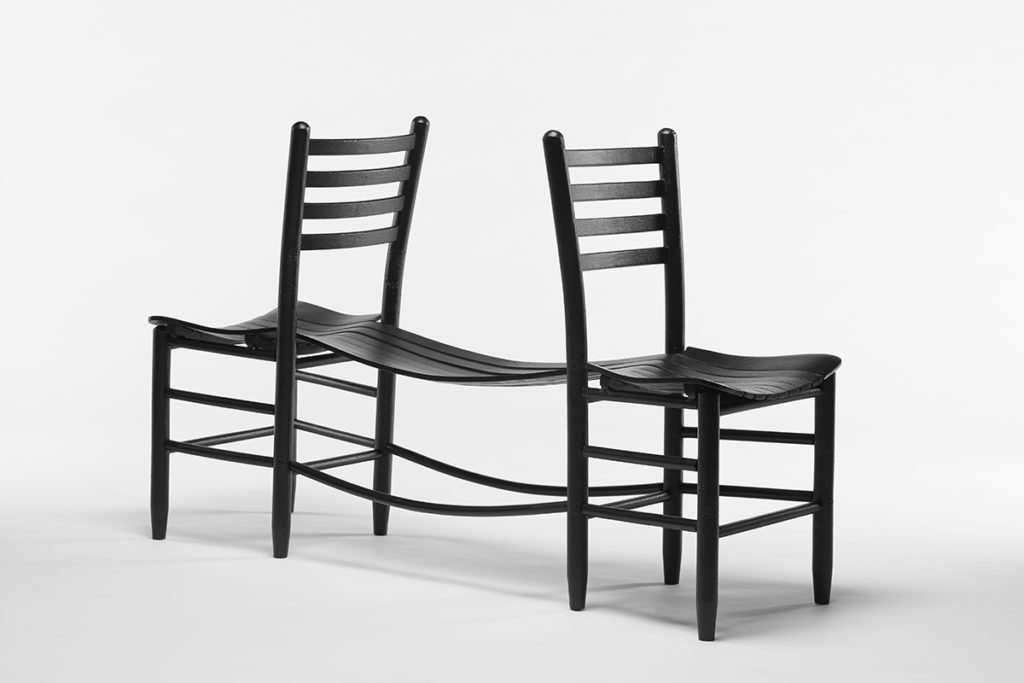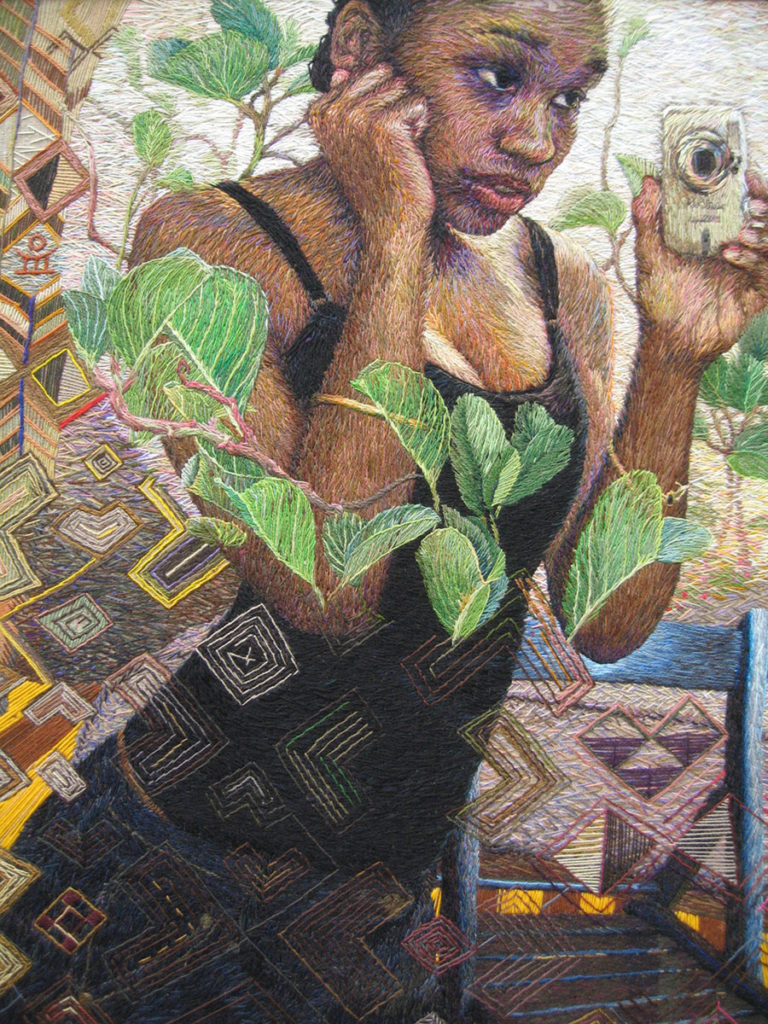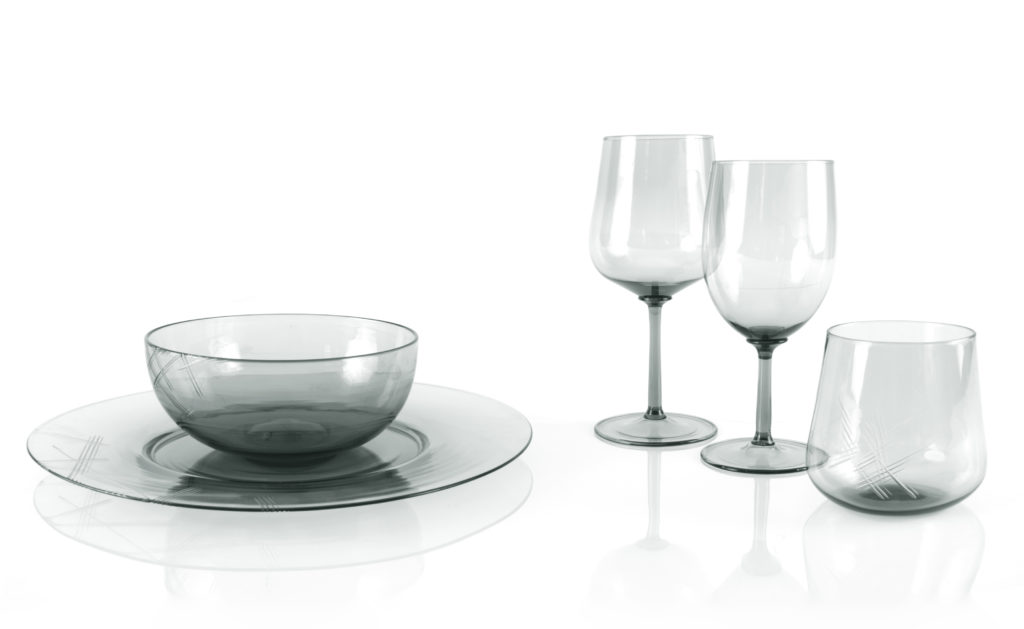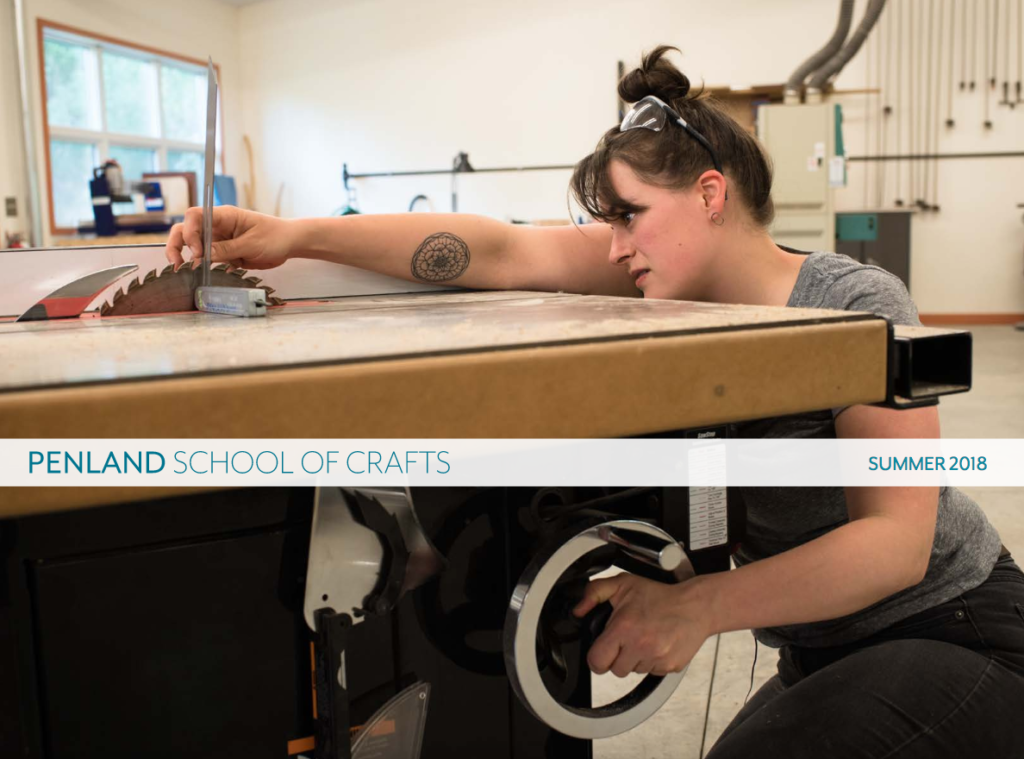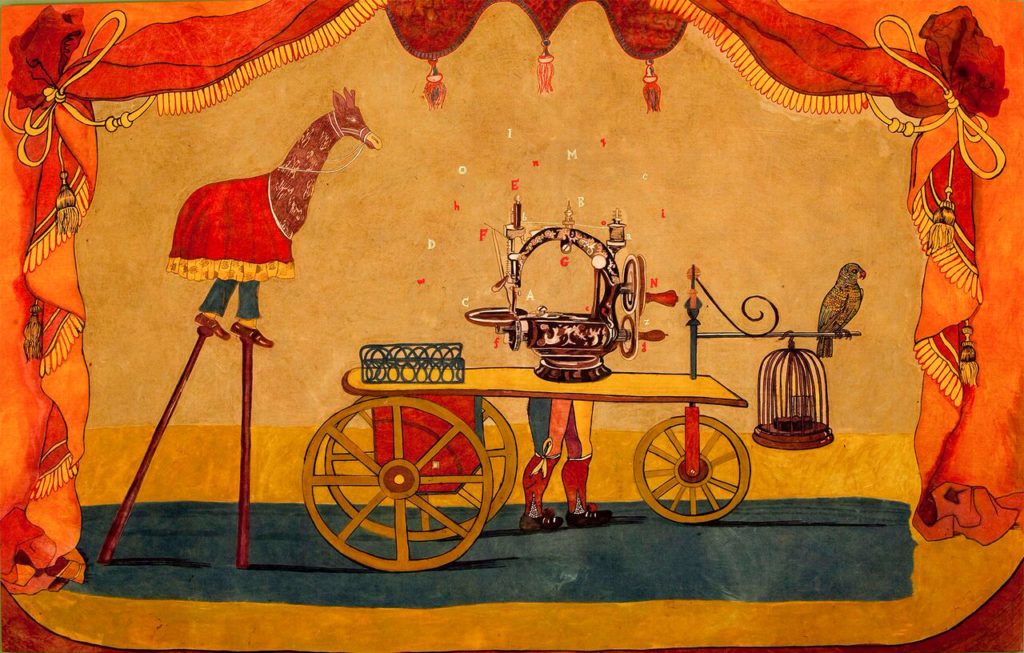
Some things just never get old, like the power of a good story or the draw of color and pattern. This helps to explain the enduring appeal of kalamkari, an intricate process of decorating and dying cloth that has been practiced in India and Iran for over 2,000 years.
This summer, we are thrilled to bring kalamkari to the Penland studios in a session 1 textiles workshop taught by Indian artist Lavanya Mani. What’s most exciting, perhaps, is the wide-ranging appeal of a process that seems quite specific at the outset. For weavers and natural dyers, there will be deep exploration of mordants, tannins, and natural dyes like madder and indigo and new insights into how to layer and combine them to create a vivid and expansive palette. For painters and storytellers, there will be the opportunity to use cloth as canvas and bring narrative to life through brush, block, and color. And for process nerds and material enthusiasts, there will certainly be new techniques to master and refine as Lavanya reveals the important sequence of steps used to build up a kalamkari cloth.
If kalamkari doesn’t sound familiar, then perhaps chintz does. The refined floral prints of chintz fabric that rose to such popularity in Europe in the 17th and 18th centuries started as kalamkari imported from India. But the process itself can be used to achieve a much wider array of results. Take Lavanya’s own work as an example: her pieces are much closer to paintings, saturated with color and thoughtful details rendered in an expressive hand. Many draw on themes from literature or Indian history to build insightful narratives that speak to power dynamics, the experience of womanhood, and more.
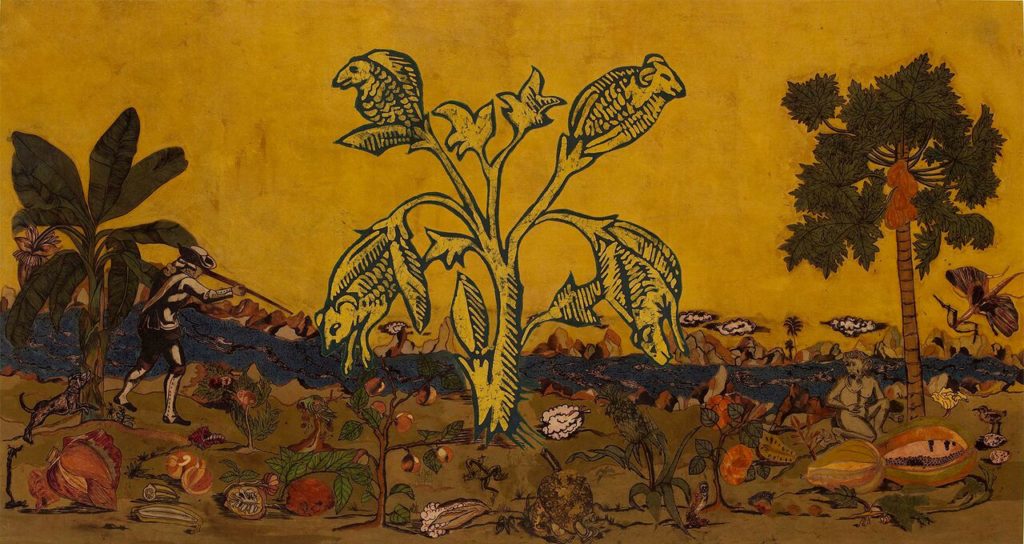
In her piece “The Emperor’s New Machine,” Lavanya sets up a Vaudeville-esque theater of saturated curtains and trimmings and places the sewing machine at center stage. The work includes entertaining circus-like details, but it also speaks to India’s independence movement and the role the sewing machine played in enabling India’s people to produce their own garments without relying on British imports. Another piece, “Signs Taken for Wonders,” mixes colonial and Indian imagery amid the lush flora and fauna of the Indian landscape.
For artists who would like to tell their own stories in color and pattern on cloth, we invite you to join Lavanya in the studios May 27-June 8 for two weeks of intensive kalamkari exploration. Students can expect to make samples, create an extensive dye card, and produce kalamkari pieces of their own. They will leave with a complete toolbox of steps and techniques to continue their kalamkari practice at home.
See below for the complete course description for Lavanya’s Kalamkari workshop. Other open workshops during session 1 include:
- Wood—Table Talk with Jason Schneider
- Print—Symmetry-Fold Intaglio & Kite Making with Koichi Yamamoto
- Letterpress—Freedom of the Press with David Wolfe
- Hot Glass—Essential Shape with David Naito
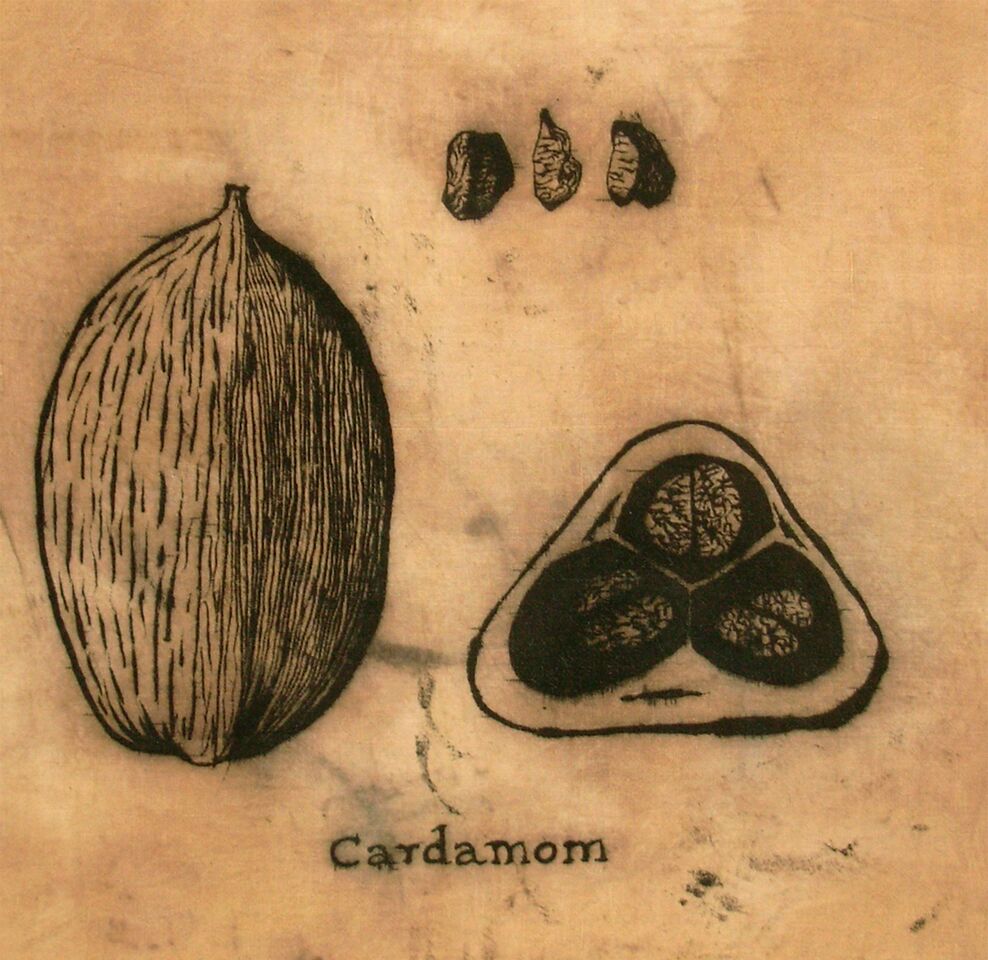
Kalamkari
Lavanya Mani, May 27-June 8
This workshop will explore kalamkari, a traditional Indian drawing, printing, and dyeing process once known famously as chintz. Through lecture-demonstrations and hands-on application, students will learn how kalamkari was made historically, how it is practiced today in various parts of India, and how it can be adapted for the contemporary studio. We’ll create strong, vivid colors using classic dye. We’ll cover fabric selection and the procedures and techniques for preparing fabric so it is receptive to the dye, including scouring, and pre-treatment with tannins and mordants. All levels. Code 01TA
Studio artist; exhibitions: solo at Chemould Prescott Road (Mumbai), Victoria and Albert Museum (London), Kochi-Muziris Biennale (India), Galerie Pagoda (Paris), Pearl Lam Gallery (Shanghai).


